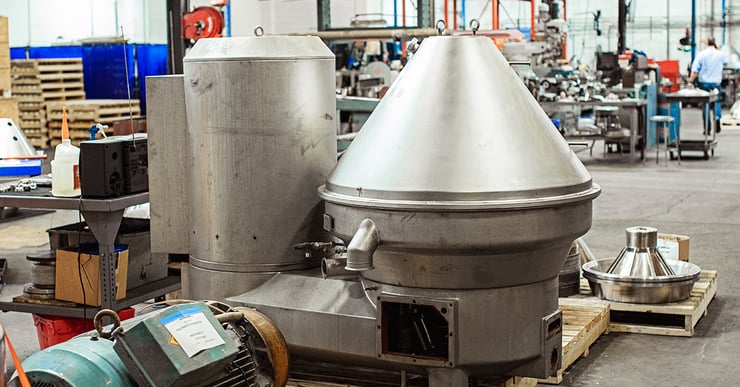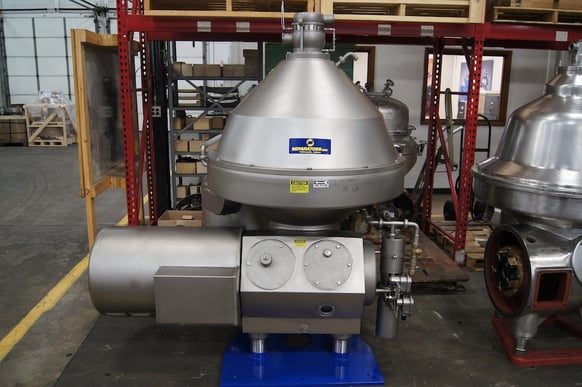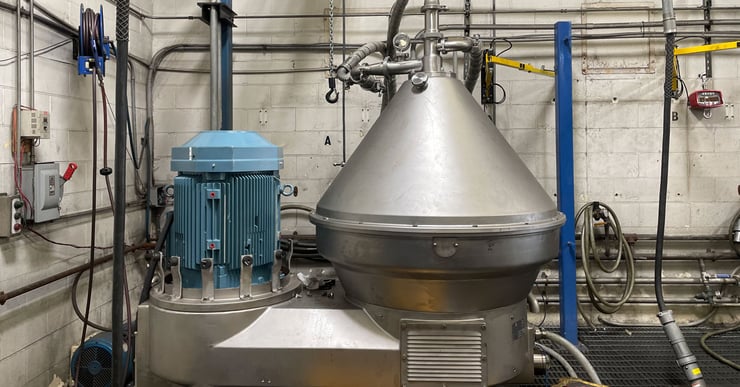10 years of experience as a food machinery equipment manufacturer
10 years of experience as a food machinery equipment manufacturer
Centrifuges represent critical components within chemical processing facilities, facilitating essential separation tasks. The question of longevity—how long a chemical plant centrifuge lasts—naturally arises among plant managers and maintenance engineers seeking optimal equipment performance and return on investment. While design, manufacturer specifications, and operational demands significantly influence lifespan, implementing consistent, proactive maintenance strategies can substantially extend service life and enhance reliability.

Predicting an exact lifespan for a centrifuge is complex. Various factors interplay to determine how long these machines operate effectively before requiring major overhaul or replacement.
Generally, well-maintained centrifuges in demanding chemical environments can operate effectively for 7 to 15 years or more before major component failure necessitates replacement. However, neglecting basic care can drastically shorten this timeframe to a few years, leading to costly unplanned downtime.
Proactive maintenance, not reactive repairs, is key to extending centrifuge life quickly and efficiently. Focusing on these essential practices delivers tangible results:
1. Rigorous Adherence to Lubrication Schedules:
Proper lubrication is paramount for minimizing friction and wear on bearings, gears, and other high-speed rotating components. Follow the manufacturer’s exact specifications for:
Contamination control during lubrication is crucial. Cleanliness during grease gun use or oil changes prevents introducing damaging particles. Over-lubrication can be as detrimental as under-lubrication, potentially causing overheating.
2. Implementing Robust Vibration Monitoring:
Vibration serves as a primary indicator of developing mechanical issues. Establishing a consistent vibration monitoring program allows for early detection of:
Regular readings establish baseline data, making deviations easier to spot. Using portable analyzers periodically or installing fixed sensors enables trend analysis and predictive maintenance scheduling, preventing catastrophic failures.
3. Meticulous Cleaning and Inspection Protocols:

Residual chemical deposits, process scale, or accumulated solids cause corrosion, imbalance, and operational inefficiency. Scheduled, thorough cleaning during planned downtime is non-negotiable. This provides the opportunity for detailed visual inspections:
Detailed inspection reports track component condition over time, guiding replacement decisions proactively.
4. Training for Proper Operation and Minor Adjustments:
Operator technique significantly influences machine stress. Ensuring personnel are thoroughly trained on:
Empowering operators helps prevent operational errors that strain the machine.
5. Timely Replacement of Wear Components:
Certain components degrade predictably and are designed as replaceable parts. Do not wait for failure:
Proactively replacing these known failure points during planned maintenance windows minimizes unplanned downtime risks.
Implementing these focused steps creates a compounding effect on centrifuge reliability and lifespan. Consistent lubrication prevents premature bearing failure. Vibration monitoring catches imbalance before it damages the spindle. Cleanliness reduces corrosion rates. Proactive wear part replacement avoids secondary damage during failure. Well-trained operators handle the machine correctly.
The result is significantly reduced instances of emergency breakdowns and costly production stoppages. Maintenance shifts from a high-cost, reactive mode to a predictable, planned activity. This not only extends the operational life of the centrifuge, potentially adding years to its service, but also optimizes the total cost of ownership through maximized uptime and controlled maintenance spending.

Understanding the factors influencing lifespan and diligently applying these fundamental maintenance practices represents the most direct path to ensuring a chemical plant centrifuge reliably serves its critical function for its maximum potential operational life.
